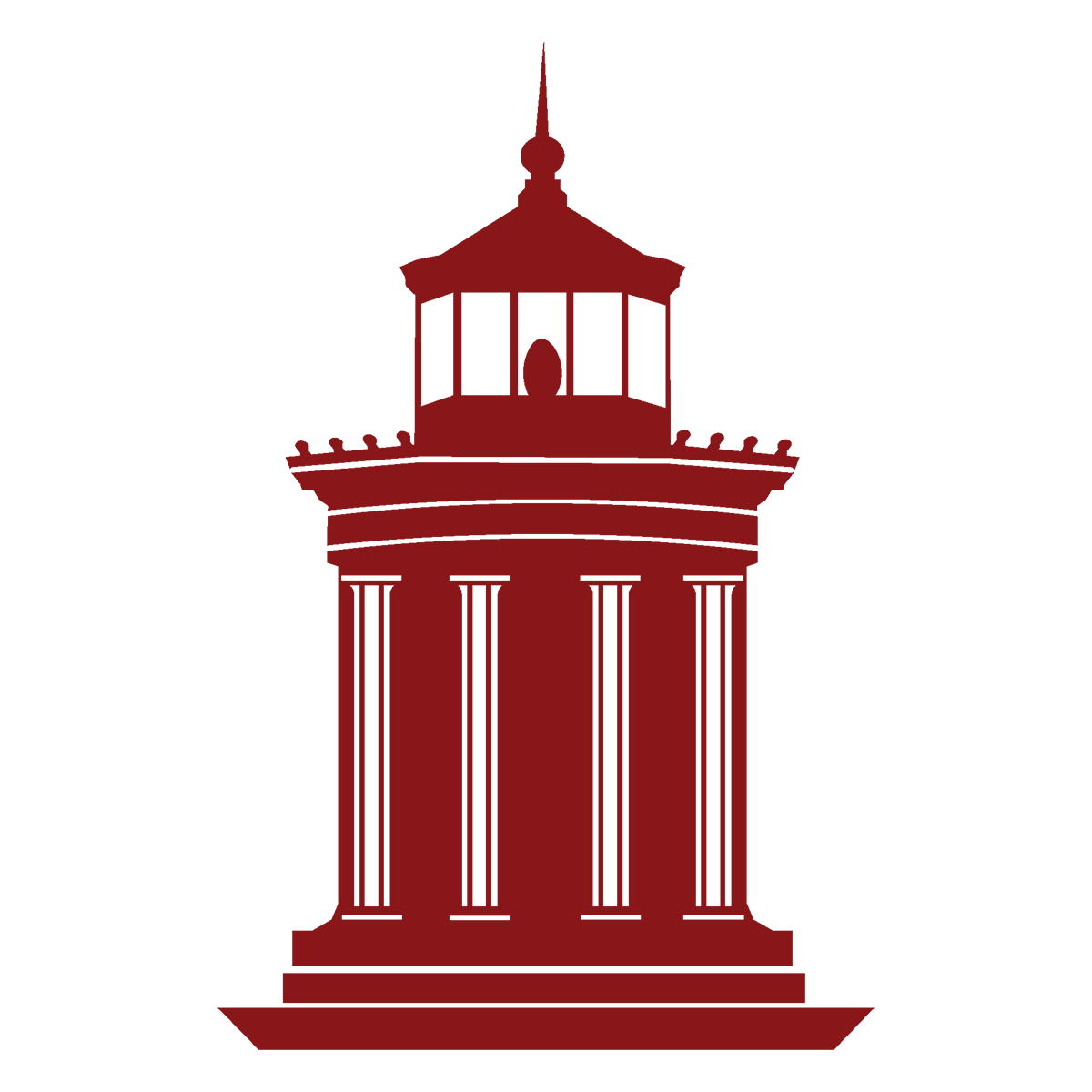Skip to content
Show submenu for A: FOUNDATIONS AND BASIC COMMITMENTS
A: FOUNDATIONS AND BASIC COMMITMENTS
Show submenu for B: BOARD GOVERNANCE AND OPERATIONS
B: BOARD GOVERNANCE AND OPERATIONS
Show submenu for C: GENERAL SCHOOL ADMINISTRATION
C: GENERAL SCHOOL ADMINISTRATION
Show submenu for D: FISCAL MANAGEMENT
Show submenu for E: SUPPORT SERVICES
Show submenu for F: FACILITIES DEVELOPMENT
F: FACILITIES DEVELOPMENT
Show submenu for G: PERSONNEL
G: PERSONNEL
Show submenu for I: INSTRUCTION
I: INSTRUCTION
Show submenu for J: STUDENTS
J: STUDENTS
Show submenu for K: SCHOOL-COMMUNITY RELATIONS
Show submenu for L: EDUCATION AGENCY RELATIONS
L: EDUCATION AGENCY RELATIONS
Show submenu for
